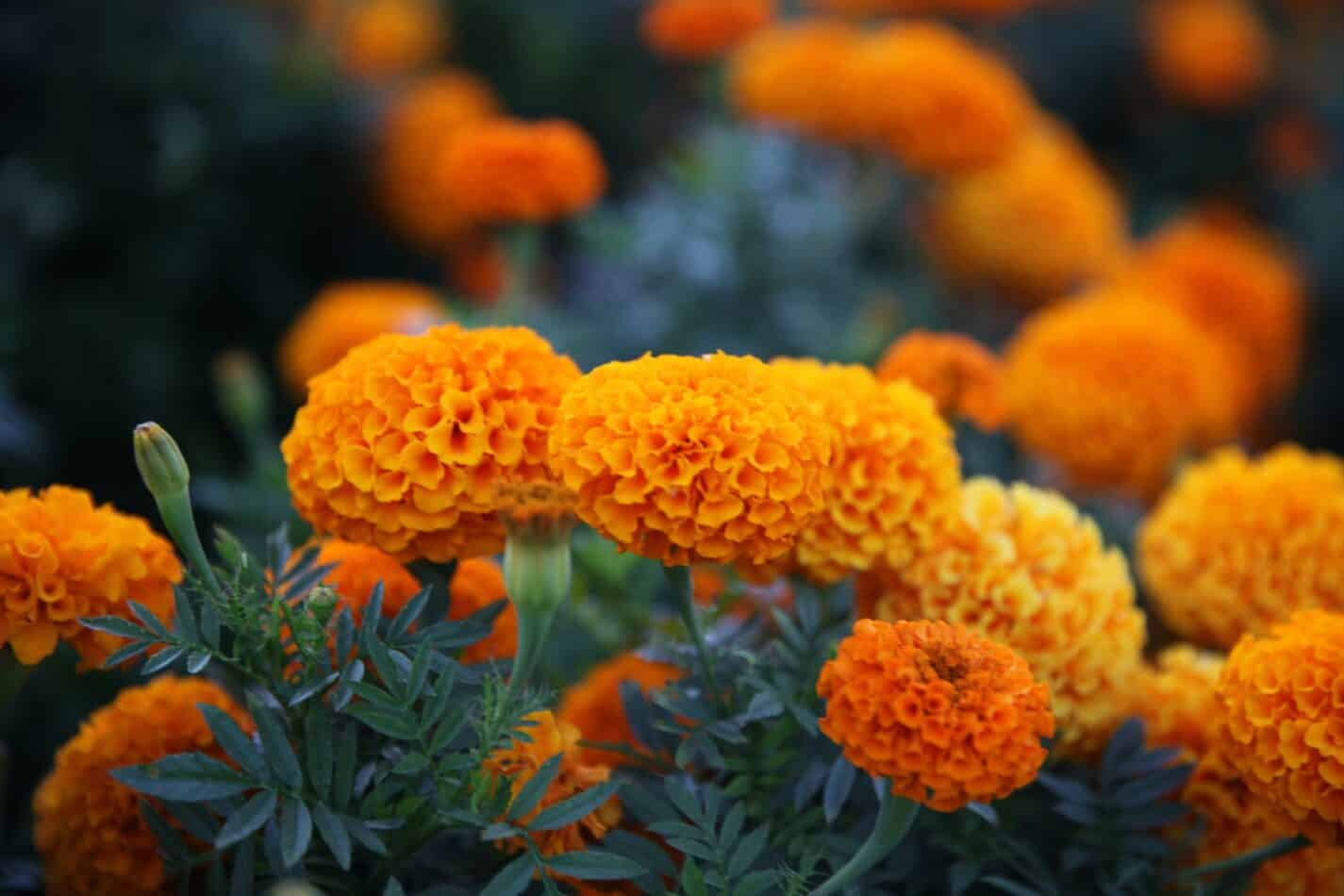Etymology of White Egret Orchid – Habenaria Radiata is derived from Latin and means “having horns”, referring to the shape of the pods with longer slender beaks or horns. The old common name for this plant is “Wild Balsam”, taken from the Latin family name for the species – BALSAMINACEAE.
How to Plant
White Egret Orchid needs light, but not direct sun. For ideal blooms, it is necessary to find a spot where the plant will be protected from direct sunlight. This flower is suitable for both indoor and outdoor potting as long as it receives sufficient light and appropriate waterings based on temperature and humidity. The ideal soil requires efficient drainage, organic material, and well balanced pH of around 7. Temperature for this plant should be around 65-75 degrees Fahrenheit, and winter months should stay above freezing. Watering should occur at least once a week, or more when the air is extremely dry. Fertilizing should happen every other week during the bloom time.
Meaning and Symbolism
White Egret Orchids are associated with a few meanings, including purity and innocence due to its white color that resembles a beauty of nature which also links to spirituality. In addition, the White Egret Orchid is a symbol of hope and unique beauty.
History, Mythology, and Religious Significance
In traditional Chinese culture, this flower has a special spiritual significance, where it is associated with the Water God and is used a wish for peace and smooth progress in business, and even be used at funerals. The Hibenaria Radiata has been used for centuries for rituals and ceremonies, and North American Native tribes often use the flower for medicinal purposes. The flower is said to have been brought to Europe from Asia by botanists in the early 1800s.
Flower Varieties and Their Defining Characteristics
The genus Habenaria Radiata is comprised of several varieties of the White Egret Orchid. The most popular of these varieties are H. Radiata (whitish-green flowers with greenish veins), H. grandiflora (large white blooms with yellow stripes and yellow-green veins), and H. aurantiaca (which produces small blooms with orange-yellow colors).
How to Pot and Repot
When potting White Egret Orchids, use a soil mix that is light but nutrient-rich. This could be a combination of soil, sand, and peat moss, sand, or pine bark. When repotting an existing White Egret Orchid plant, it is important to leave the root systems intact and handle the plant with care. If a new container is needed, go for one with a drainage hole. Water the plant gently and add more soil to the new pot if needed with care. Place the pot in a spot where it will get adequate indirect sunlight.
How to Prune
White Egret Orchids may require regular pruning in order to maintain health, keep the growth in check, and maintain flowering season. Pruning should generally be done just after the blooms are done. Cut the stems and foliage that may have grown excessively. Start at the base of the plant by removing dead blooms and dead leaves. Make sure to sanitize the pruning tools with rubbing alcohol or lukewarm water and a few drops of dish soap before and after pruning.
How to Propagate
White Egret Orchids can be propagated through division or via seed pods. The division method involves carefully separating the roots off the parent plant and positioning it into a new pot. It takes several months for the division to take hold and they should be given enough time to grow properly. For seed pods, simply collect the seeds from each pod when they ripen during the late summer months and sow them in a standard seed-raising mix. Keep the seeds moist and water them as needed, and place them in a place with indirect light. The seeds should begin to sprout in a few weeks.
Common Pests and Diseases
White Egret Orchids, like any flower, is vulnerable to pests and plant diseases. It is important to practice preventive care during the entire growing season. Common pests to watch out for are aphids, mealybugs, spider mites, scale insects and thrips. If any of these pests are detected, they should be treated with an insecticidal soap or horticultural oil. Plant diseases that can affect the White Egret Orchid include root rot, powdery mildew, and downy mildews. To prevent any of these diseases, keep the plants well watered and ensure good air circulation.
Frequently Asked Questions
Q: What is the scientific name for the White Egret Orchid?
A: The scientific name for the White Egret Orchid is Habenaria Radiata.
Q: Does the White Egret Orchid need a lot of sunlight?
A: The White Egret Orchid prefers gentle, indirect sunlight and should not be placed in direct sunlight.
Q: Are there any religious implications associated with this flower?
A: Yes. In traditional Chinese culture, White Egret Orchid is used in rituals and ceremonies, and it is also associated with the Water God, and as a symbol of hope and unique beauty.
Fact Sheet
| White Egret Orchid | Habenaria Radiata |
| Family | Orchidaceae |
| Plant Type | Perennial |
| Mature Size | 18-24 inches |
| Sun Exposure | Light Shade/Indirect Sunlight |
| Soil Type | Well Drained Soil |
| Soil pH | Neutral to Slightly Acidic |
| Bloom Time | Late Summer |
| Flower Color | White/Cream/Green |
| Hardiness Zone | 5 – 10 (USDA) |
| Native Area | Asia |
What we love from Amazon this week
Buy these wonderful flowers directly from Amazon:















